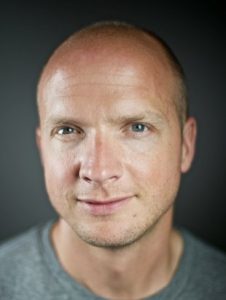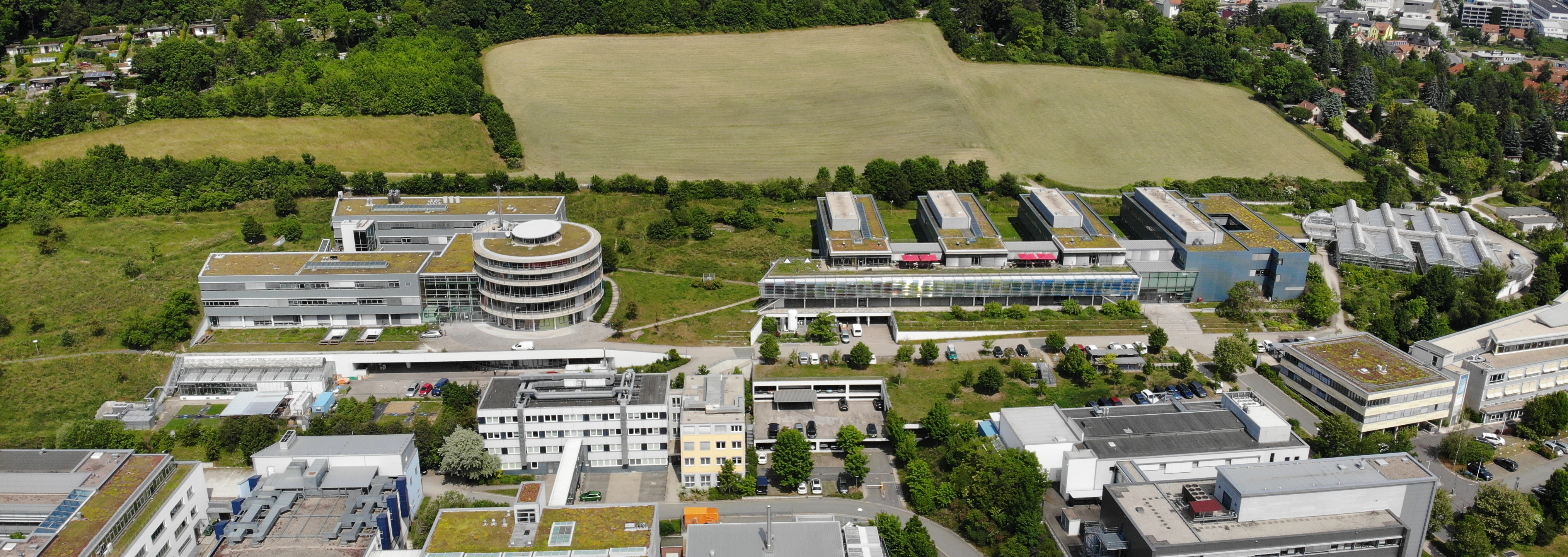
The global carbon cycle as seen from the vantage point in space
3rd June 2022 | 11:10 am – 11.30 am
Hans-Knöll-Straße 10, 07745 Jena, Germany
BGC Lecture Hall
Zoom: will be provided
Session 3 – From leaf to globe: understanding biosphere-atmosphere interactions with observations (Markus Reichstein, moderator)
3rd June 2022 | 10.00 am – 12.30 pm
Abstract
What do we know about the global carbon cycle, especially how CO2 is taken up and released by the biosphere across the globe? On the one hand we have accurate yet sparse field observations of land-atmosphere fluxes. On the other hand, we have indirect yet global observations from space. However, even at field sites the determination of annual net fluxes, the small difference between two much larger fluxes by photosynthesis and respiration, can be tricky. While modeling can upscale fluxes to the globe, there is still untapped potential from satellite observations. The availability of global measurements of Solar Induced Chlorophyll Fluorescence has provided new insights into the carbon cycle but is still prone to naïve and overly simplified interpretation. To fully exploit satellite data, we require a land-surface modeling framework that can mechanistically emulate remote sensing observations from various platforms. In this talk, we will provide an historical overview of Solar Induced Chlorophyll Fluorescence measurements from space, the use and abuse of the signal and the potential for carbon cycle science, especially in conjunction with other satellite data. Towards that goal, Caltech’s new CLiMA land surface model, which incorporates remote sensing from first principles, will be described with first results from the local to the global scale.
Biography
Christian Frankenberg studied Geoecology in Bayreuth and received his PhD at the Institute of Environmental Physics in Heidelberg. After a PostDoctoral fellowship at the Netherlands Institute for Space Research (SRON), he moved to Pasadena and is now Professor at the California Institute of Technology with a joint appointment at NASA’s Jet Propulsion Laboratory as a Research scientist. Dr. Frankenberg’s work focuses on Earth System science with a focus on the global carbon cycle as seen from the vantage point in space. While his research started in atmospheric remote sensing of trace gases such as CH4 and CO2, his research shifted towards the global biosphere when it was discovered that Solar Induced Chlorophyll Fluorescence during Photosynthesis can be detected from satellites designed for atmospheric research. A core area of interest now is how to best combine the information that satellites bring to bear with land surface models. Towards that goal, Dr. Frankenberg is working on Caltech’s Earth System modeling initiative, the aClimate Machine (CLiMA).
